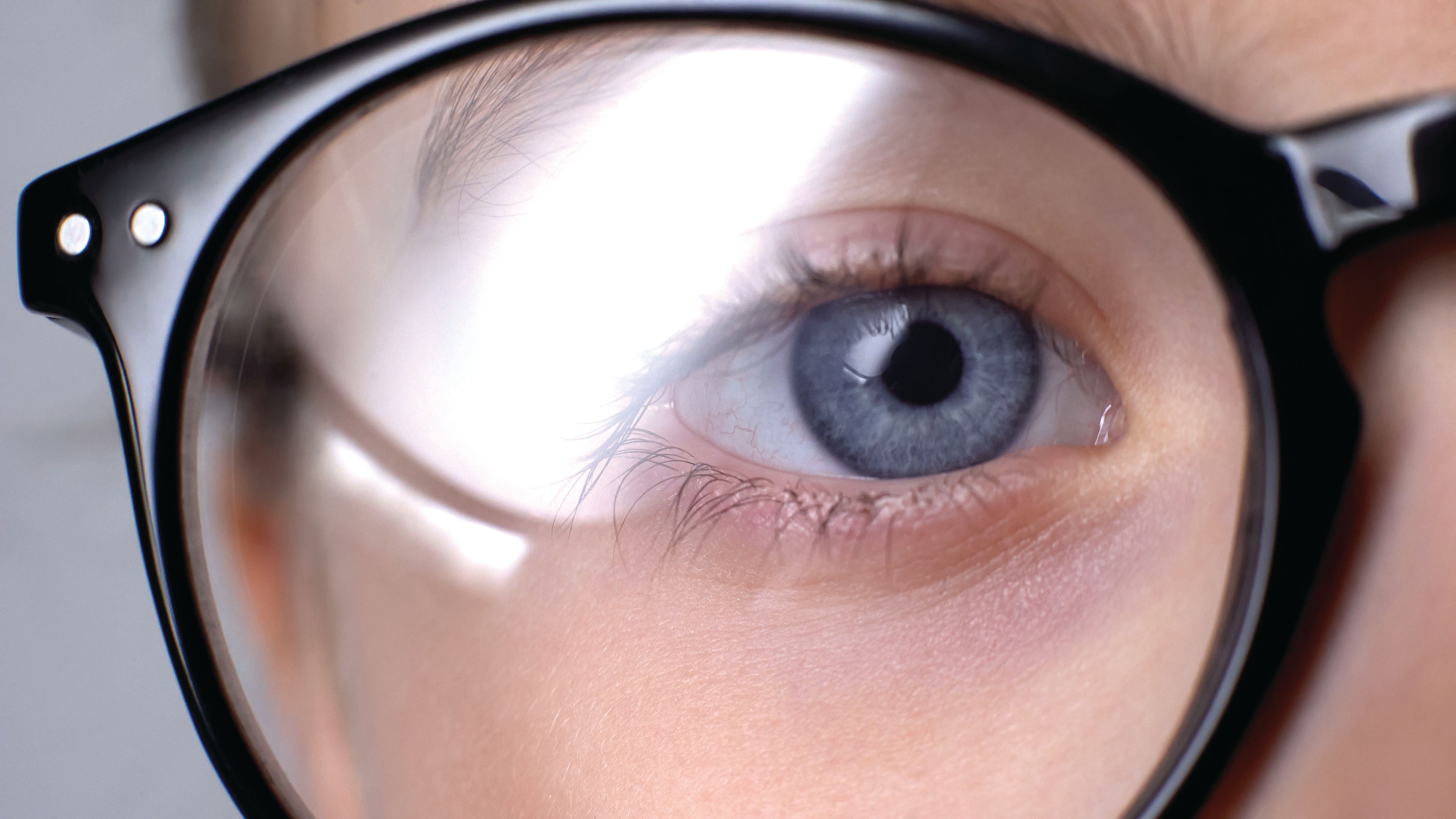Article
FDA grants clearance for myopia device
Author(s):
According to Oculus, its Myopia Master saves space and can be mounted on a workstation or an ophthalmic table. The software is operated directly via an inbuilt display.

The FDA has granted 510(k) clearance to a device (Myopia Master, Oculus) designed to combine the measurement methods axial length, refraction values and the central corneal radii.
Oculus has billed the device as the world’s first to combine the key measurement methods.
According to the company, the quick, contactless and extremely accurate measurement method for axial length is not influenced by the accommodation-status of the eye and delivers reproducible results.
Thanks to the combination of measurements, the device is much more than just an auto-refractometer: the device opens up new possibilities for eye care professionals in providing the best care for their patients.
The device also saves space and can be mounted on a workstation or an ophthalmic table. The software is operated directly via the inbuilt display.
According to the American Academy of Ophthalmology, the number of Americans who are nearsighted has nearly doubled over the last 50 years to about 41.6 percent.
This is a trend that is seen around the world, but particularly in East and Southeast Asia, where 80 to 90 percent of children and young adults are myopic.
The Brien Holden Vision Institute in Australia estimates that around 50 percent of the world population will be affected by myopia by the year 2050. Moreover, a recent study by the European Eye Epidemiology Consortium shows that today 47 percent of Europeans between the ages of 25 and 29 are myopic.
Last year, the AAO formed the Myopia Task Force to b ring together experts in myopia from around the world to develop an action plan to delay the onset of myopia in children and slow the progression of the disease so the most devastating consequences of high myopia can be avoided.
Newsletter
Don’t miss out—get Ophthalmology Times updates on the latest clinical advancements and expert interviews, straight to your inbox.




